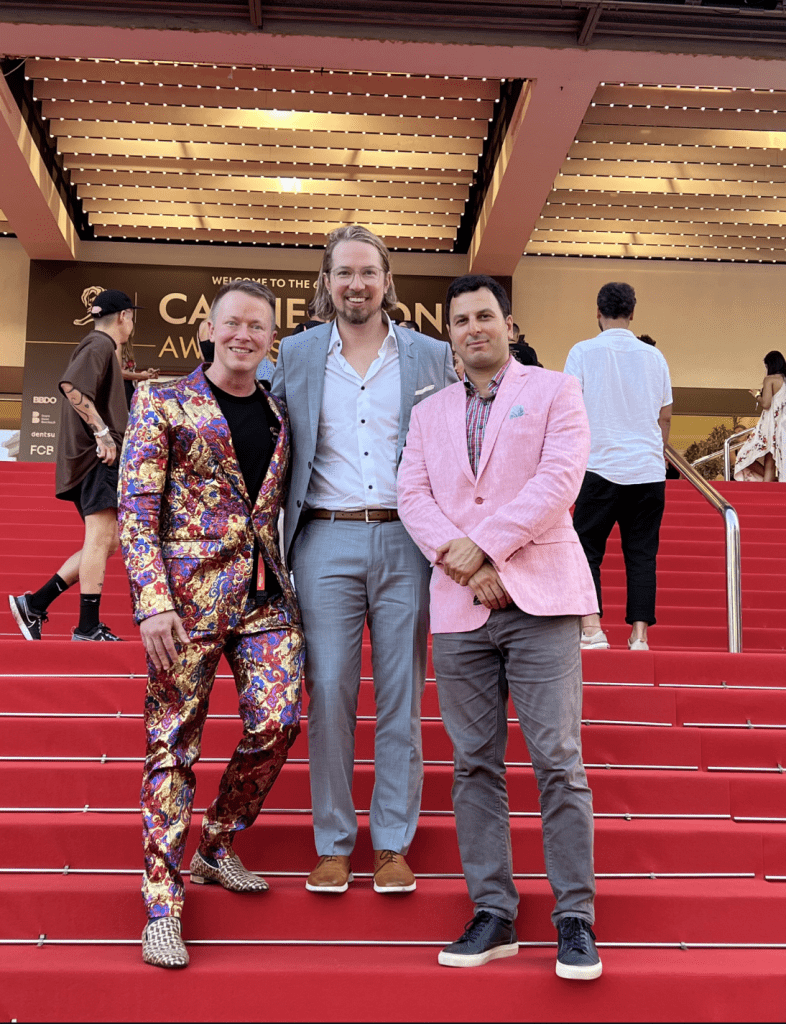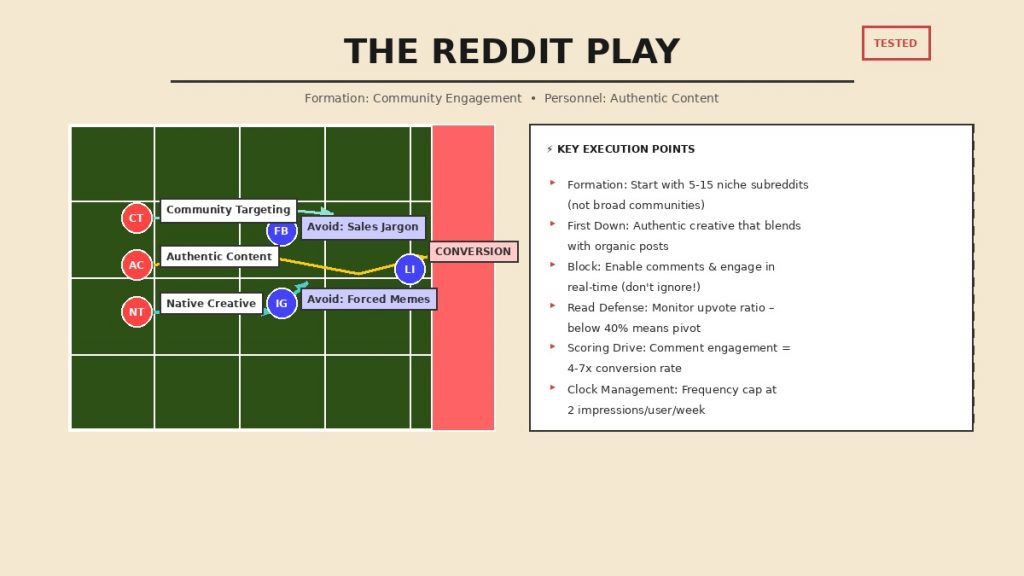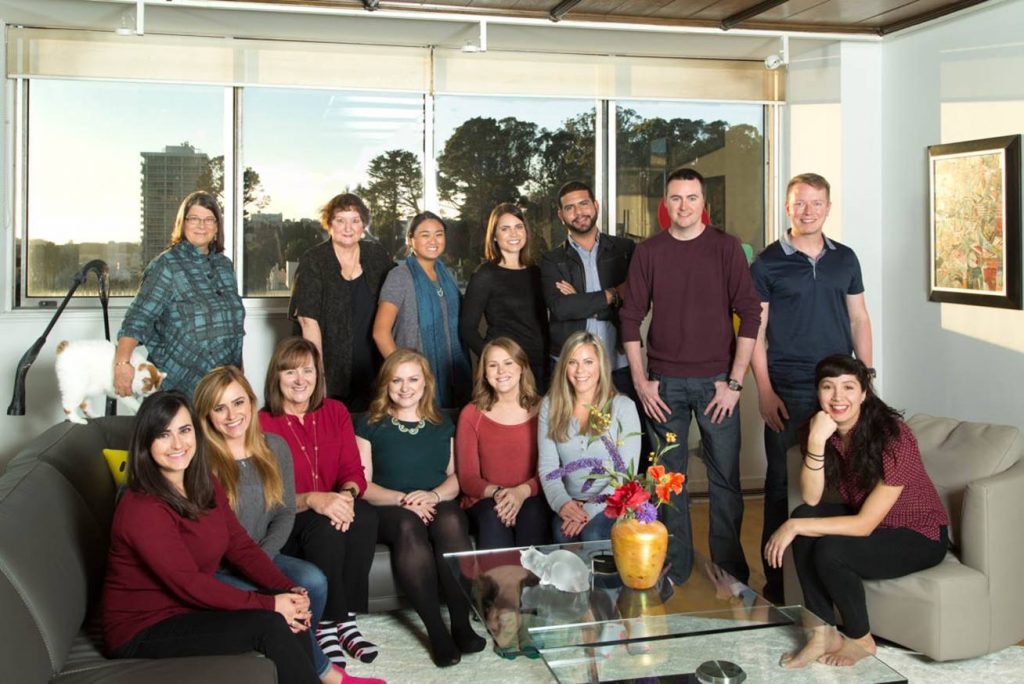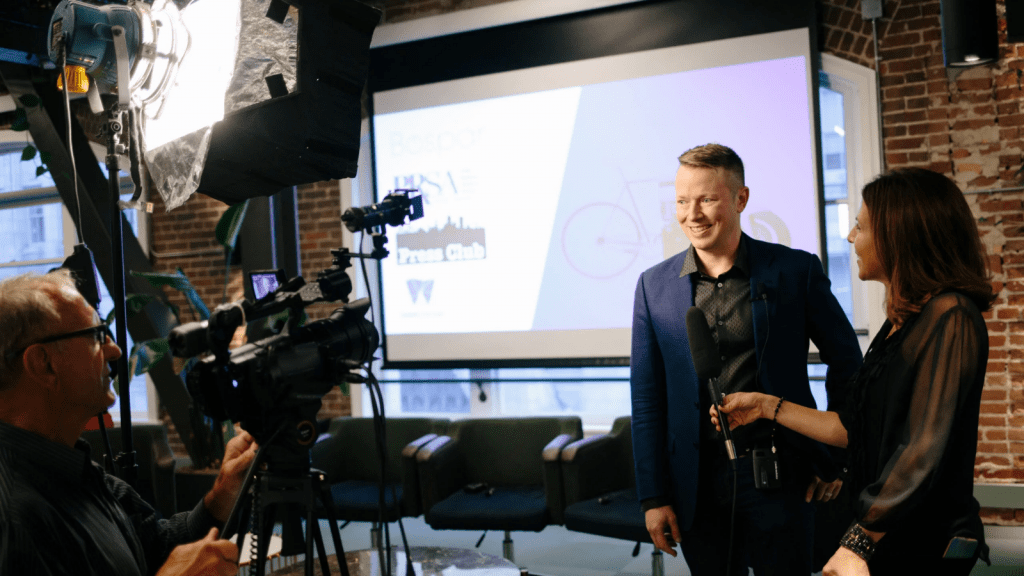You have street signs and musical instruments on your home office wall. What’s the story there?
My office is Chicago-themed. I’m born and raised in Chicago, and I’m very passionate about all things Chicago. I got the street signs from a corner pub, which was auctioning off their decor for charity.
There’s also a Loyola sign. I’m a proud Loyola alum, and I love their basketball team. I have a lot of basketball memorabilia – from Loyola or from the ‘90s Bulls with Michael Jordan and that whole crew.
I played trumpet, but I can’t play a lick on the guitars on my wall. I got them in college, but my skills never expanded beyond the three to five chords I learned. But they are too good-looking to throw away, so I put them on my wall as an art installation. They have always served as a conversation piece.
How has journalism changed since you learned about it at Loyola?
A bunch of large legacy media brands have been bought by private equity groups and other entities.
So journalism is changing very quickly.
Before it was reporting for the sake of journalism and storytelling.
There’s a lot less of that now. It’s now a lot more transactional.

What led you to a career in PR?
I started right out of school in the advertising industry as a broadcast negotiator on a bunch of interesting accounts: Verizon Wireless, Toyota, Chase and Lexus. I did it for three and a half years. That was a different kind of agency life, and I wasn’t totally enamored by it.
So, I decided to do startup work, and I went over to Groupon very early. Groupon was a totally different beast that was very fast-moving and the first big tech startup in Chicago.
Chicago was far behind San Francisco and New York, but it was starting to come into its own. I started having conversations with founders very early on in their journeys, and I formed a business development firm to help those companies figure out their messaging and go to market.
Around that time I met Scott Phillips, who ran a boutique agency. We realized quickly that we could combine our services, pitch businesses together, and go further and farther together than we could alone. Through that, I had an opportunity to really learn about PR from the ground up. I’m grateful to Scott and his team for giving me that opportunity, allowing me to excel and be part of conversations at a more advanced pace than I would have coming from a more traditional background.
I fell in love with telling founder stories and helping to move the needle for those young companies.
I found great passion in it. My agency at the time was focused on the retail front, so that’s how I cut my teeth in PR. I got to attend the NRF event for multiple years and went to Shoptalk a couple of times.
Ultimately, I wanted to be involved in something bigger and less niche. The fact that in-store retail wasn’t helped by Covid and things were pushing to ecommerce helped move me in that direction.
A life-long family friend was doing some great things at Bospar, which led me here three years ago. I now represent a diverse set of clients, many of which are AI companies and/or have AI-based offerings.
What have you learned along the way?
I’ve learned that great ideas don’t necessarily make great companies.
You’d think that if there’s an interesting product or service based on a clever idea, it would be the next great thing. But it really takes a great team to make a great company.
You need a founder who is willing to go the extra mile. You also need a great comms team in which everybody is pulling the rope in the same direction and creating visibility in ways that drive growth.
What do the clients for which you’ve provided the greatest PR success have in common?
They are novel, creative, willing to take chances and big swings – and not afraid of failure.
Why is PR so valuable to organizations at this moment in time?
PR helps you to stand out in the crowd and rise above the noise. This is especially important now as virtually every business seems to be putting an AI stamp on their companies or products.
You really need communicators to express the value proposition for whatever product or service you’re taking to market. Because if you can’t tie your solution and value proposition into a story to create visibility in ways that drive growth, and if you’re not able to get third-party validation for what you’re doing, it’s going to be really tough to scale and reach that next stage of growth for your business.
How can PR help a company with an AI solution rise above the noise?
To break through the AI noise, you need to tell a creative story that is easily digestible for reporters.
That may involve creatively linking the company or news to something in pop culture or coming up with an easy-to-understand analogy. Essentially, your pitch must look different than anything else that these reporters are seeing in their inboxes because if you just say, “I have the next AI-powered solution,” your pitch will look like everything else, and you won’t be doing a service to your clients.
How is AI impacting journalism and PR?
It’s a great debate. Will we continue to see human-written stories? Will people still seek those out?
I believe that they will. That’s certainly my hope. But I think the biggest question right now is: What jobs will AI eventually take and which ones will stand the test of time?
And I hope that human-told stories – with emotion, feeling and all of the things that make editorial so wonderful – live on beyond the excitement and the advancements that we’re seeing every day in AI.
What can and should PR pros and their clients do differently in light of AI and journalism’s changes?
PR pros should leverage AI as best they can to help with the menial tasks that they need to do to get through their day. But where PR pros will win – and this cannot be replaced by AI – is in their creative approaches, individuality, relationship-building and conversations with journalists to build rapport and to ensure that they’re pitching the right person the right story each time.
AI could be a wonderful tool to figure out what beats reporters are currently covering. But I don’t think it can pitch auto-generated text specifically for the reporter that’s going to work because it’s not going to do anything other than summarize what the reporter has already covered, and it’s not going to resonate and feel human – at least not in the next decade or so until LLMs really evolve.



